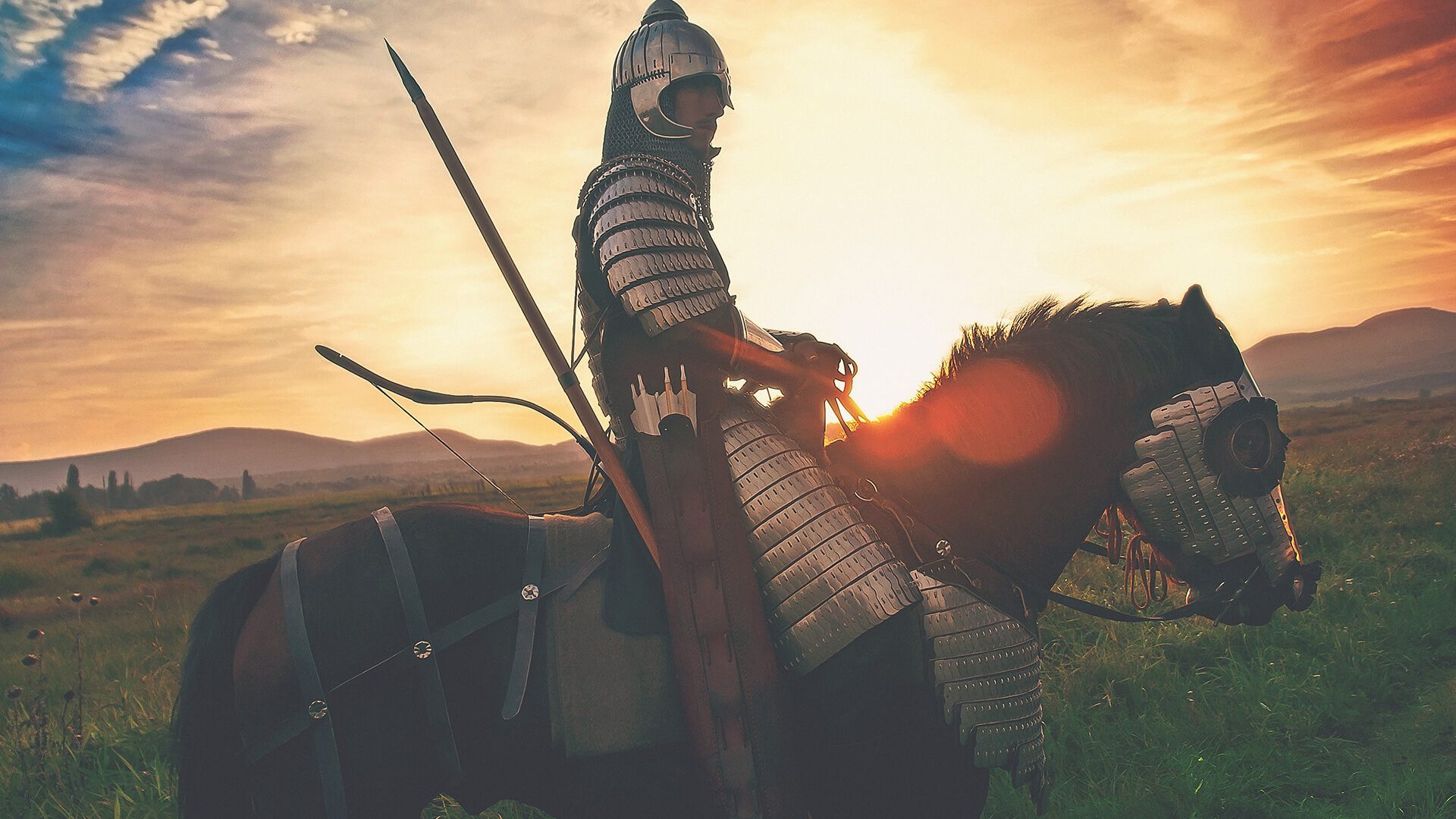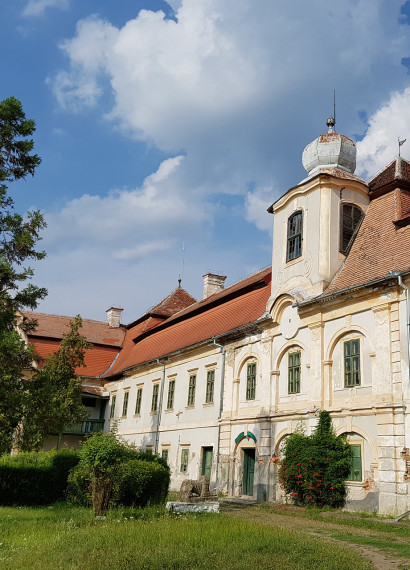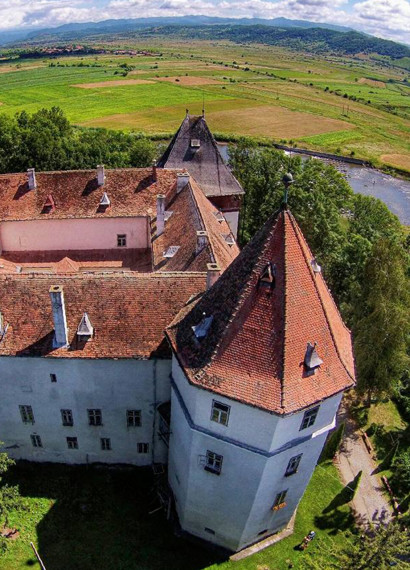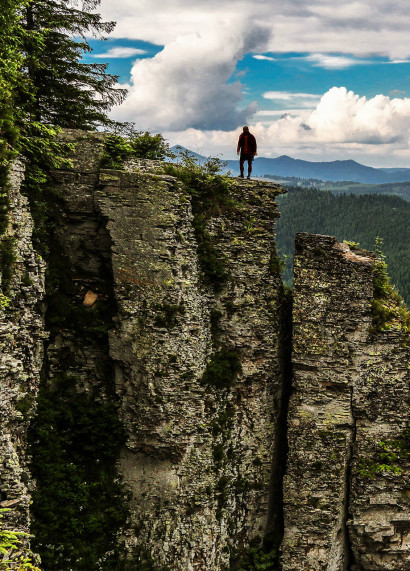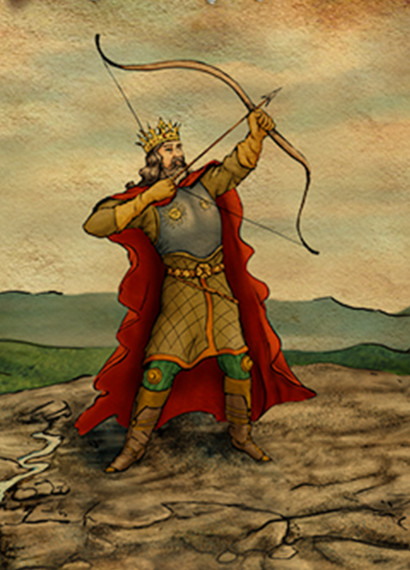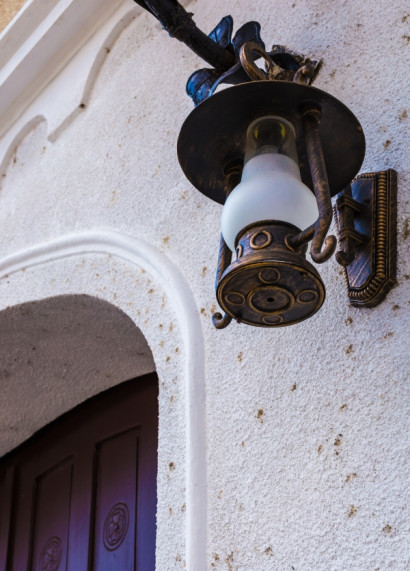Fickó - Fițcău, Aluniș, Morăreni
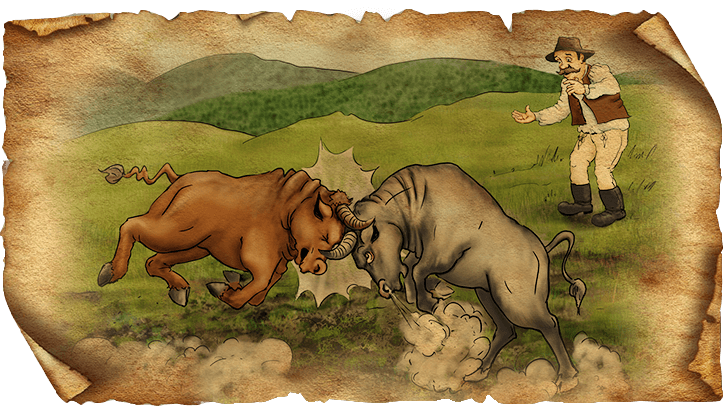
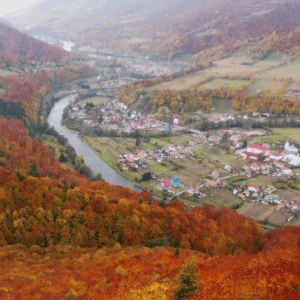
In the picturesque valley of Maros / Mureş, not far from Deda, lies a small town in the direction of Szászrégen / Reghin, which, according to a legend, was named when the villagers made two bulls fight. A farther part of Monosfalva wanted to split away from the settlement, people almost got into a fight with each other, but for their peace the old men advised the two parties to choose a bull each and their battle should decide on the fate of the village. So they did just that: the two bulls were confronted in the field, and the fight was won by the bull of the people wanting to become independent. According to the folk tale, the stronger bull was called Fickó, and the separated settlement was named Fickó and Fickópatak out of respect for the winner bull.
The Maros Valley, from Deda to Szászrégen, abounds in natural sights – not just on the surface, but also under the ground, as there are several so-called mold-caves in the area. The Transylvanian basin of today was a sea tens of thousands of years ago, and the Kelemen / Calimani, Görgényi/Gurghiu and Gyergyó/Giurgeni mountains emerged due to the volcanic activity of this sea. The Giurgeni Basin is connected to the Transylvanian Basin by the Maros Valley, and in the surrounding area were formed the lakes of Ratosnya, Palotailva, Göde. However, these dam lakes have been filled with volcanic deposits over time, thus forming such formations as the Hétsziklák / Seven Rocks of Ratosnya, or the Szerecsen Rock of Szalárd and the Sólyomkő. All of these are worth a trip, and we cannot miss one of the most famous caves, the Hut of Ládás, which is well marked for hikers.
The picturesque beauty of the landscape, its history, the lives of its inhabitants inspired many Transylvanian writers and poets, such as János Kemény, Albert Wass or Lajos Áprily. At the same time, there are plenty of folk legends that tell stories about the birth of different settlements, caves and natural sights – such as the story of a bull called Fickó, the name of which is remembered by a small village.
The Maros Valley, from Deda to Szászrégen, abounds in natural sights – not just on the surface, but also under the ground, as there are several so-called mold-caves in the area. The Transylvanian basin of today was a sea tens of thousands of years ago, and the Kelemen / Calimani, Görgényi/Gurghiu and Gyergyó/Giurgeni mountains emerged due to the volcanic activity of this sea. The Giurgeni Basin is connected to the Transylvanian Basin by the Maros Valley, and in the surrounding area were formed the lakes of Ratosnya, Palotailva, Göde. However, these dam lakes have been filled with volcanic deposits over time, thus forming such formations as the Hétsziklák / Seven Rocks of Ratosnya, or the Szerecsen Rock of Szalárd and the Sólyomkő. All of these are worth a trip, and we cannot miss one of the most famous caves, the Hut of Ládás, which is well marked for hikers.
The picturesque beauty of the landscape, its history, the lives of its inhabitants inspired many Transylvanian writers and poets, such as János Kemény, Albert Wass or Lajos Áprily. At the same time, there are plenty of folk legends that tell stories about the birth of different settlements, caves and natural sights – such as the story of a bull called Fickó, the name of which is remembered by a small village.
